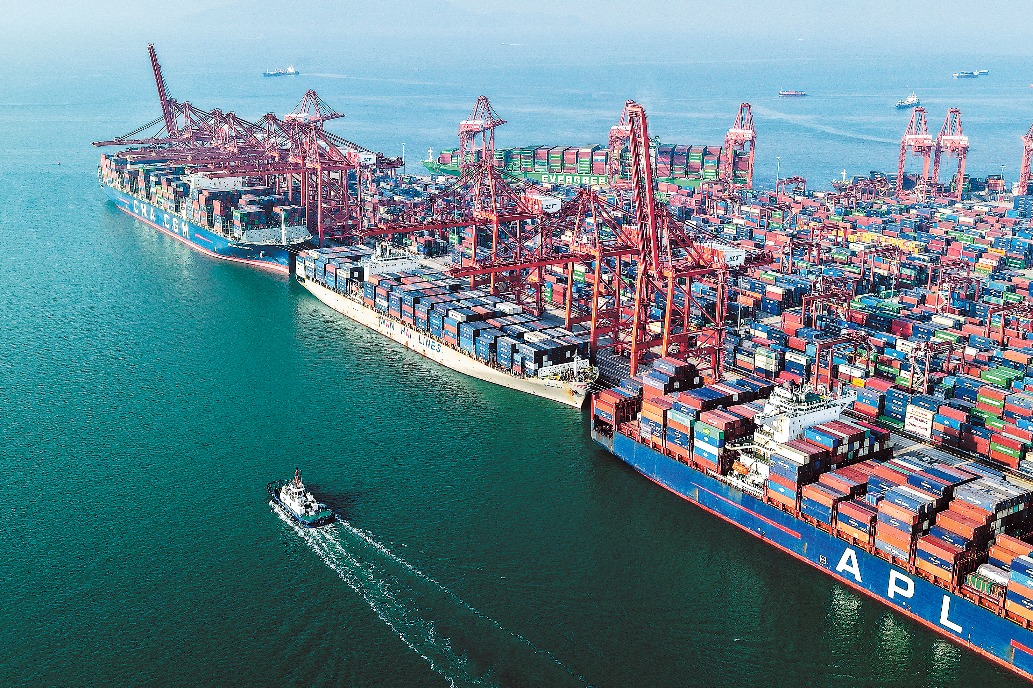Enabling our forests to help us overcome multiple crises


The world faces huge challenges in overcoming the impact of the COVID-19 pandemic, food insecurity, the war in Ukraine, the accelerating climate crisis and biodiversity loss.
In response to these multiple global threats, we need solutions at scale that are cost-effective and equitable and can be implemented rapidly. Forests and trees offer such solutions and can help us recover, if we better recognize their value and their crucial role in building resilient and sustainable economies.
The latest report on the State of the World's Forests from the Food and Agriculture Organization of the United Nations, to be presented at the XV World Forestry Congress under the theme "Building a Green, Healthy and Resilient Future with Forests", clearly shows three ways in which we can step up action if we want to unlock their potential:
Halting deforestation and maintaining forests could avoid significant greenhouse-gas emissions – about 14 percent of the reduction needed up to 2030 to keep planetary warming below 1.5 oC. It could also safeguard more than half the Earth's terrestrial biodiversity, which is a key provider of ecosystem services for sustainable agriculture. Forests are the largest terrestrial pool of carbon and of biodiversity, yet they are shrinking.
Restoring degraded lands and expanding agroforestry: 1.5 billion hectares of degraded land – an area twice the size of Australia – would benefit from restoration, and increasing tree cover could boost agricultural productivity on another 1 billion hectares. Restoring degraded land through afforestation and reforestation could cost-effectively remove CO2 from the atmosphere equivalent to eliminating 195-325 million gasoline-powered passenger cars from the road each year for 30 years.
Sustainably using existing forests and building green value chains would help meet future demand for more renewable materials. Considering that the global consumption of all natural resources is set to more than double from 92 billion tonnes in 2017 to 190 billion tonnes in 2060, using sustainable wood in construction, for example, can store carbon and address the climate crisis, while increasing resilience and sustainability.
There will be no healthy economy on an unhealthy planet. Environmental deterioration is contributing to climate change, biodiversity loss and the emergence of new diseases. Despite the crucial role forests and trees can play in addressing these crises, they are consistently undervalued in our economic systems. As a result, forests are given neither the attention nor the investment needed for their meaningful conservation and sustainable management.
We must substantially increase investment in these three interlinked forest-based pathways. There are a number of ways to do this:
It is essential to look at how to repurpose existing incentives for agricultural producers – worth about USD 540 billion per year - to help make the structures governing how our food is produced, distributed and consumed more sustainable. More than a quarter of the world's population relies on wood to cook their food and even more use non-wood forest products for food, feed and medicines. Investments in forestry and agroforestry will build more diversified and resilient local economies.
New investment must also be scaled up in areas such as climate finance, green recovery programmes and private investment support.
Getting finance to small-scale producers is essential. We cannot rely on a "trickle down" effect. Instead, we need new solutions that meet their needs and reduce inequalities.
We will only achieve results if we stop working in silos. Agrifood systems transformation and forest protection, restoration and sustainable management must go hand in hand.
Today's environmental, health and social crises call for urgent action for a sustainable recovery. Promoting a model where forests and agriculture mutually support each other requires increased political, financial and technical investment.
More than 20 developing countries have already shown that it is possible. Recent data confirms that deforestation has been successfully reduced in South America and Asia.
Among the means for achieving this are national policies that promote sustainable local markets, a green and circular economy; repurposed agricultural subsidies; setting clear national targets for sustainable agricultural development and forest protection and sustainable use; and secure land tenure and rights for farmers in agroforestry landscapes to use forests and trees.
FAO is dedicated to working towards more efficient, more inclusive, more resilient and more sustainable agrifood systems and promotes the contribution of forests to this process, through conservation, restoration and sustainable use.
But we must do more to empower rural farmers, smallholders, women and youth, Indigenous Peoples and local communities. They are the guardians of almost half of the world's forests and farmlands.
This week, the World Forestry Congress, taking place in Seoul, Republic of Korea, brings together representatives from five continents and offers a unique opportunity to focus on impactful solutions towards building a green, healthy and resilient future with forests, and achieving the 2030 Agenda and the Sustainable Development Goals.
Scaling up solutions based on forests and trees can unlock their potential to help mitigate the economic disruptions and food insecurity affecting the most vulnerable. And it will contribute to realizing our core objectives of better production, better nutrition, a better environment and a better life for all, leaving no one behind.
The author is Director-General of Food and Agriculture Organization of the United Nations.
The opinions expressed here are those of the writer and do not necessarily represent the views of China Daily and China Daily website.
If you have a specific expertise, or would like to share your thought about our stories, then send us your writings at opinion@chinadaily.com.cn, and comment@chinadaily.com.cn.


































